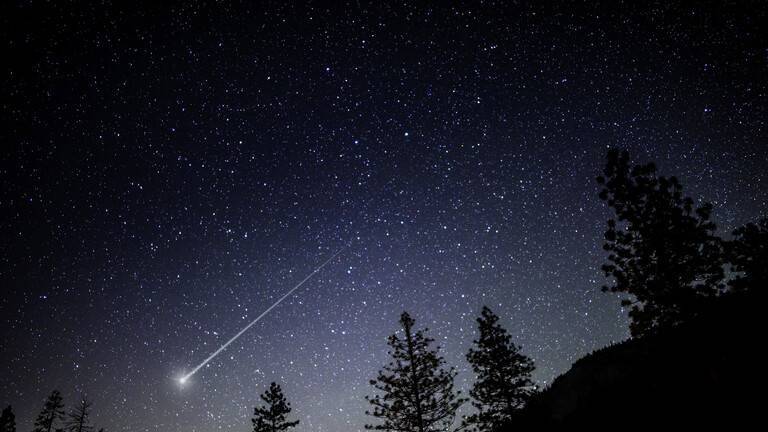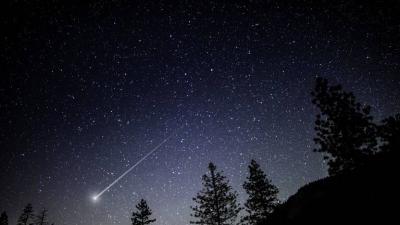Skywatchers and astronomy enthusiasts are preparing for a unique experience that will allow inhabitants of Earth to see a new star shining in the sky for several days, in an event that will not reoccur for about 80 years. Although people will be able to observe this celestial event as if it were happening for the first time, the catastrophic explosion that created this "star" occurred roughly 3,000 years ago. During the Iron Age, the Middle Ages, and the Industrial Revolution, the light from this explosion traveled through space, reaching our planet now. Astronomers expect a nova to erupt in the binary star system known as T Coronae Borealis, or T CrB for short, sometime between now and September.
T CrB consists of a dead star, known as a "white dwarf," orbiting a "red giant." According to NASA, the dead white dwarf will flash within the spectacular nova and become visible to the naked eye on Earth for a week, while it can be observed in the night sky for several months with a telescope. This nova is particularly interesting because it experiences periodic explosions, with experts having determined that T CrB erupts approximately every 80 years. This means there are likely people alive today who might have witnessed its last explosion in 1946. However, it is rare for any adult today to live long enough to see the next eruption.
Here’s everything you need to know about this extraordinary event:
#### What is a Nova?
A "nova" is a type of stellar explosion that should not be confused with a supernova. It consists of a sudden explosion in space resulting in a bright light, which forms a new star. In a nova, there is an average-sized dead white dwarf. If this star manages to steal stellar material from a nearby living star, hydrogen will accumulate on its surface, raising its temperature and eventually igniting like a bomb. The nova does not destroy the white dwarf; instead, the explosion ejects elements like carbon and iron into space. Typically, white dwarfs are so faint that they cannot be seen with the naked eye, but the flash produced by this frenzied nuclear reaction is immense, thus illuminating the dead star significantly.
#### What is T Coronae Borealis?
According to scientists, T Coronae Borealis is a nova from a binary star system located about 3,000 light-years away in our Milky Way galaxy. It includes a small white dwarf the size of Earth orbiting a red giant star, which is similar to our sun in its early years and is running out of nuclear fuel. Red giants expand to between 100 to 1,000 times their original size as they approach death. As the red giant sheds its outer layers, the white dwarf is collecting material.
Walter Will Golly, a graduate student at the Harvard-Smithsonian Center for Astrophysics, stated that not all novas are recurring, but T CrB goes through an interesting cycle. Astronomers believe T CrB is on the verge of erupting again, expecting it to occur sometime between now and September 2024. The last nova happened in February 1946. Golly explained, “The way we know it’s coming soon is that just before the last eruption in 1946, the binary star system dimmed slightly, which has just happened. Once we noticed the light dimming, we went on alert.”
NASA and other institutions are working on providing all updates regarding where and when the "new star" will appear in the sky for the naked eye, to ensure astronomy fans enjoy this unique event.




